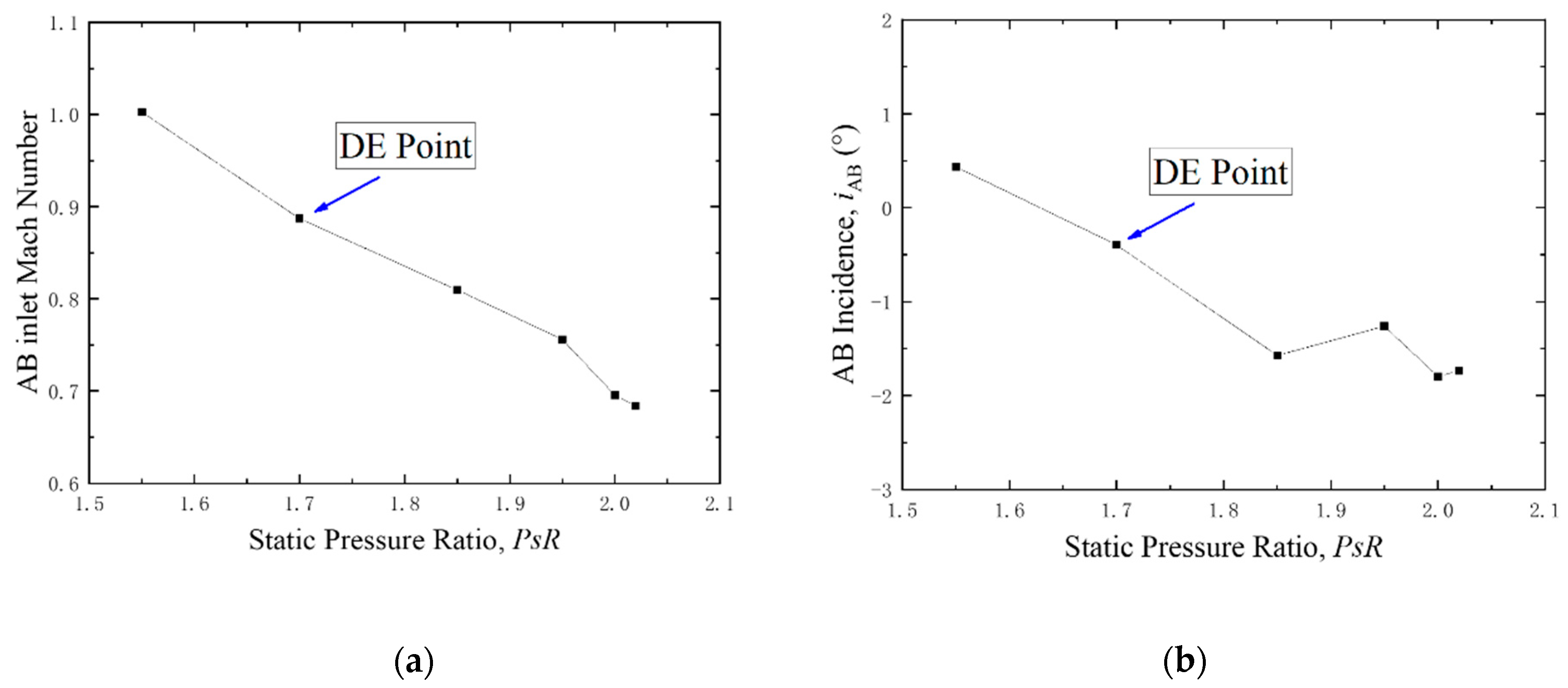

We observed that temperature-dependent thermodynamic properties could be formed in these materials such as density, Young's modulus, thermal expansion coefficient and thermal conductivity. In this work, we investigated the effect of tensile water by adding different concentrations of Fe in Mn 2FeAl intermetallic matrices by phase transformation kinetics, DDT and CCD graphs. They have documented that Mn1.5Fe1.5Al can perform extensive hysteresis, for example, at 150oC, on decomposition in a manganese-rich Heusler alloy state or stress-induced manganese-rich Heusler alloy state (Zhang et al., 1990). In the Mn 1.5Fe 1.5Al alloy microstructure, many Mn 2FeAl matrix alloys and β-Fe occur. Li additives enhance the compressibility of Mn 2FeAl and NiFeAl 3 alloys in intermetallic systems (Liu & Galvin, 1997). Some researchers investigated that (Zhang, Zhao, Duerig, & Wayman, 1990) that Li AlCuFe and Mn 2FeAl improve environmental weakness in intermetallic alloys. We have carried some investigations out with conventional alloy casting methods with unmodified metal additives. It has also shown the addition of a third element to reduce the strong atomic order of intermediate alloys.

A partial disorder of the naturally derived super-lattice lies in the transformation of the stoichiometric relation. Two important roads have been used to improve the room-temperature dilution: mixing with transition metals and modification of the stoichiometric relationship (Liancheng & Wei, 1997).

Recently, several efforts have been devoted to improving the room-temperature characterization of intermediate systems (Cook, O'keefe, Smith, & Stobbs, 1983 Lin, Wu, Chou, & Kao, 1991 Piao, Miyazaki, & Otsuka, 1992 Piao, Otsuka, Miyazaki, & Horikawa, 1993 Scarsbrook, Cook, & Stobbs, 1984). However, the use of room-temperature brittleness, low immunity at high temperatures, and excessive cramping limits the use. These intermediate structures exhibit good corrosion and antioxidant resistance, good mechanical properties at low density and high temperature. The microstructure of Mn 2FeAl-shaped memory composites is closely related to their Fe to Mn ratio of the crystal structures of FeAl and Mn 2FeAl intermetallic composites are thought to be useful for high temperature structural materials (Hiroki, Yamamoto, Takeda, Suzuki, & Sakuma, 2010 Otsuka, 1998 Otsuka & Ren, 2005). The test results are displayed as a stress-strain diagram. TTT (time-temperature transfer) curves are exported to FE-/FD-based packages to reduce the data distortion of materials. Even for an arbitrary cooling profile, a wide range of physical, thermodynamic, and mechanical properties can be calculated as a function of time/temperature/cooling with different proportions. The current model has the advantage of using a variety of shape memory alloys including medium to high aluminium-based Heusler alloys. This chapter describes a model of the computer model for calculating the phase transition and properties of materials required to predict the deviation during the heat treatment of steel. Using the model, the morphological evolution of the Fe and Mn in different percentages was obtained, in which the heated data obtained by simulating casting and extreme heat treatment processes were adopted. AbstractIn this simulation, the permeation of the n-phase precipitation to the Mn2 Fe Al crystallization is induced by the steel casting solidification process by JMatPro.


 0 kommentar(er)
0 kommentar(er)
